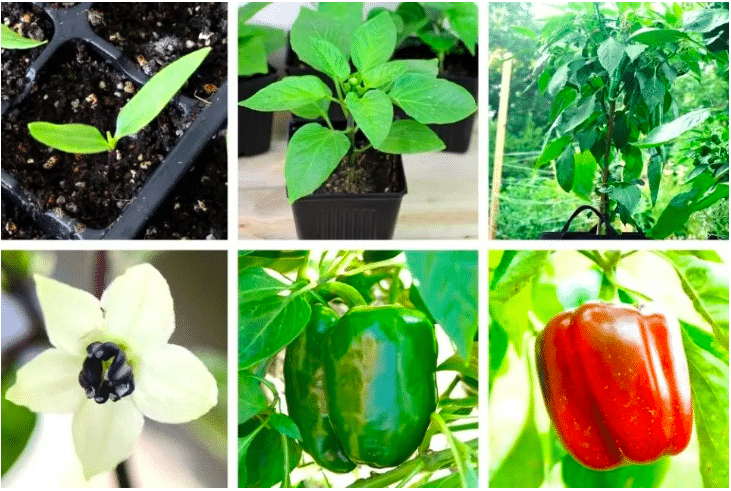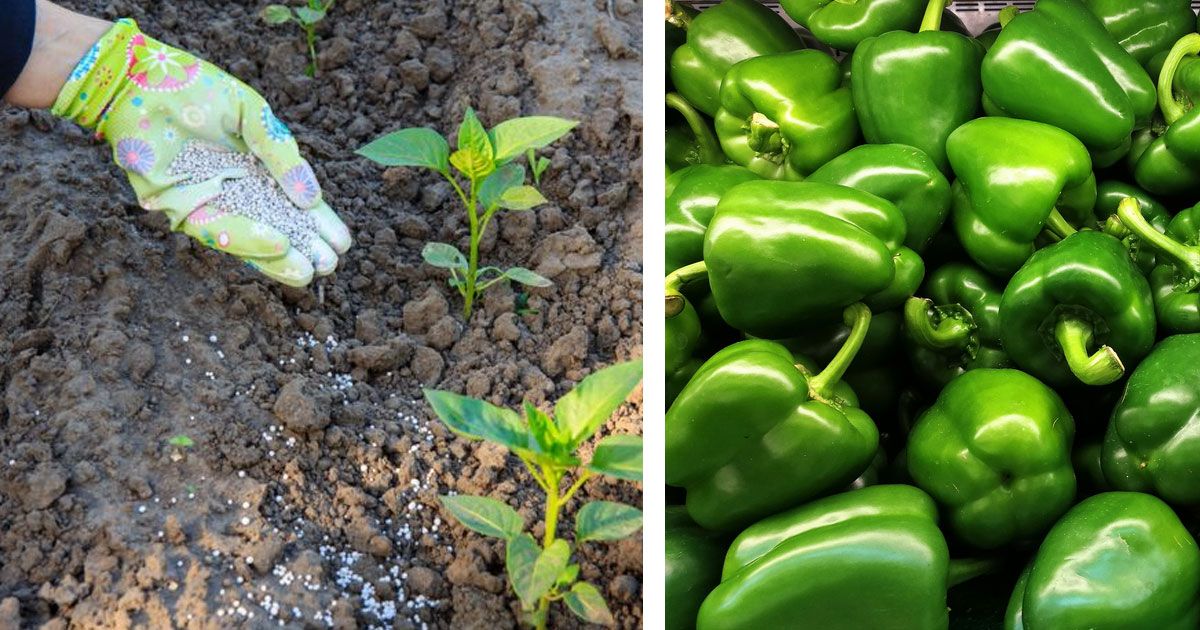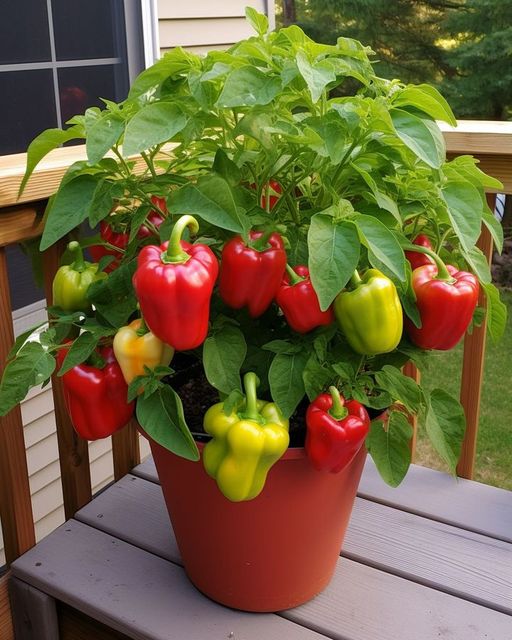Bell peppers are the most common variety of sweet pepper commercially available and are known for their characteristic bell shape.

They come in a range of stunning colors such as green, yellow, red, purple, orange and brown. Their mild, sweet flavor and juicy flesh make them a staple ingredient in many culinary dishes and salads. Because of this, almost half of all home gardeners plant some variety of sweet peppers in their vegetable gardens.
Thankfully, bell peppers are quite easy to grow, especially with the following tips, and take up little space in the garden compared to plants such as tomatoes or cucumbers. They can even be grown in containers if gardening real estate is in short supply, such as that available on a patio or deck.
1. Start seeds indoors
Bell peppers can easily be grown from seed, started either indoors or sown directly into the soil if conditions permit. If you live in an area that experiences cold winters, start seeds inside six to eight weeks before the last predicted frost for your climate zone. Plant two to three seeds per container and thin out the weaker seedlings after a couple of weeks.

2. Transplant seedlings outside
Pepper plants need outside temperatures to be a steady 70 degrees or warmer to flourish. When ambient temps hit this mark, move seedlings outside. Plant them about 24 inches apart in an area that receives plenty of sun. This provides ample space to grow but puts them close enough to help shade each other in the hottest sun. Choose planting spots with nutrient-rich, well-drained soil.
3. Mulch around plants
Mulching around garden plants is a beneficial step that many people often overlook. A thick layer of mulch over the soil surface will help to keep weeds down, retain soil moisture and keep the soil cooler over the roots. You can use commercial bark chips, pine needles, grass clippings or even straw as suitable mulch.
4. Provide adequate water
Pepper plants will need one to two inches of water per week for maximum growth, notes Bonnie Plants. This amount may need to be increased slightly when the weather is extremely hot and dry. Water at the base of the plant to avoid saturating the foliage.

5. Apply fertilizer to promote growth
For optimum plant growth, bell peppers will need to be fed to replenish nutrients lost from the soil. Wait until the plants blossom before fertilizing them to encourage fruit production; fertilizer applications prior to this will promote vegetative growth instead of blossom formation.
6. Treat pests accordingly
Insect pests can cause a significant amount of damage once they infest a vegetable crop. Keep a close eye on bell peppers to spot infestations quickly. Early treatment can help minimize damage and resulting yield loss. Common pests in bell peppers include blister beetles, aphids, cutworms, mites, pepper weevils and thrips. Staff at a garden center can help identify pests and recommend appropriate treatment options.
Peppers are ready to harvest when they reach the size and color you’d like. A wonderful aspect of bell peppers is you can harvest them even before the fruit is fully matured.
Random fact: Green bell peppers are immature orange, red, yellow or purple bell peppers. When harvesting the fruit from the plants, it’s better to cut the stem 1 to 2 inches above the fruit instead of pulling off the pepper. That helps avoid damage to both the plant and the fruit.

